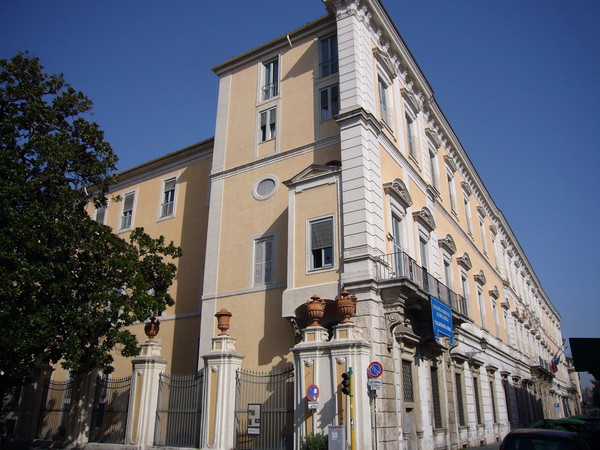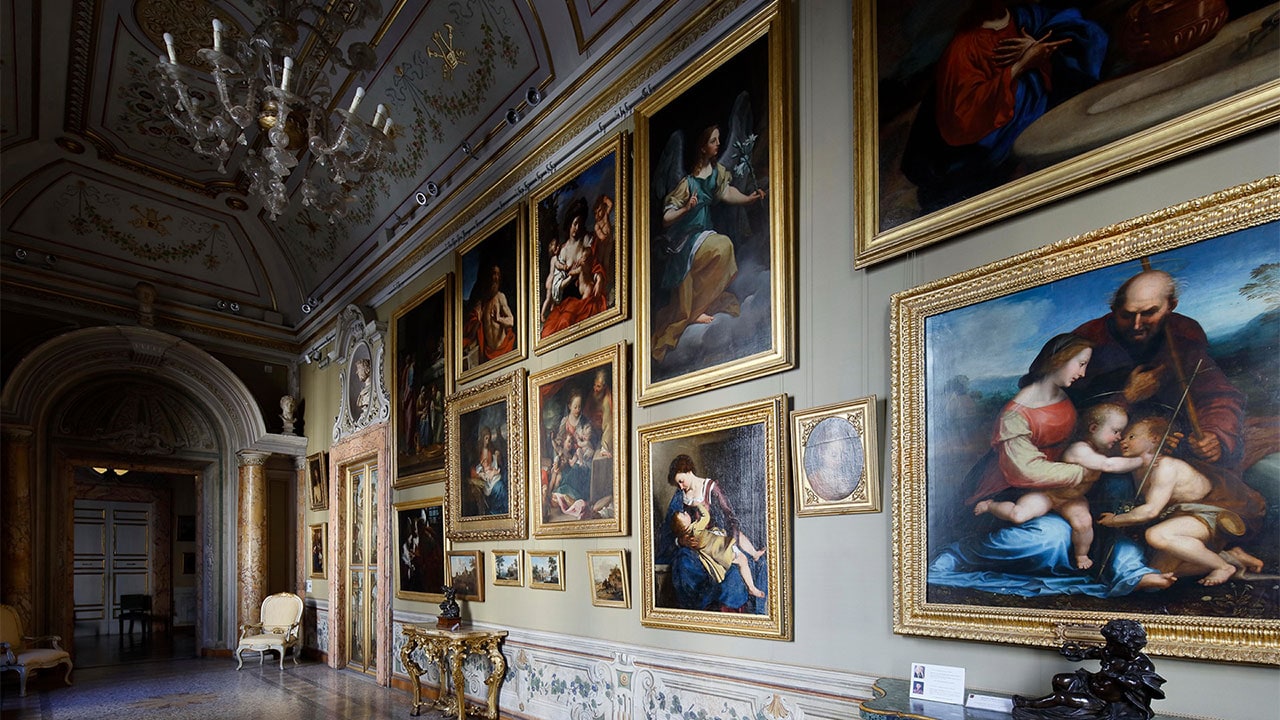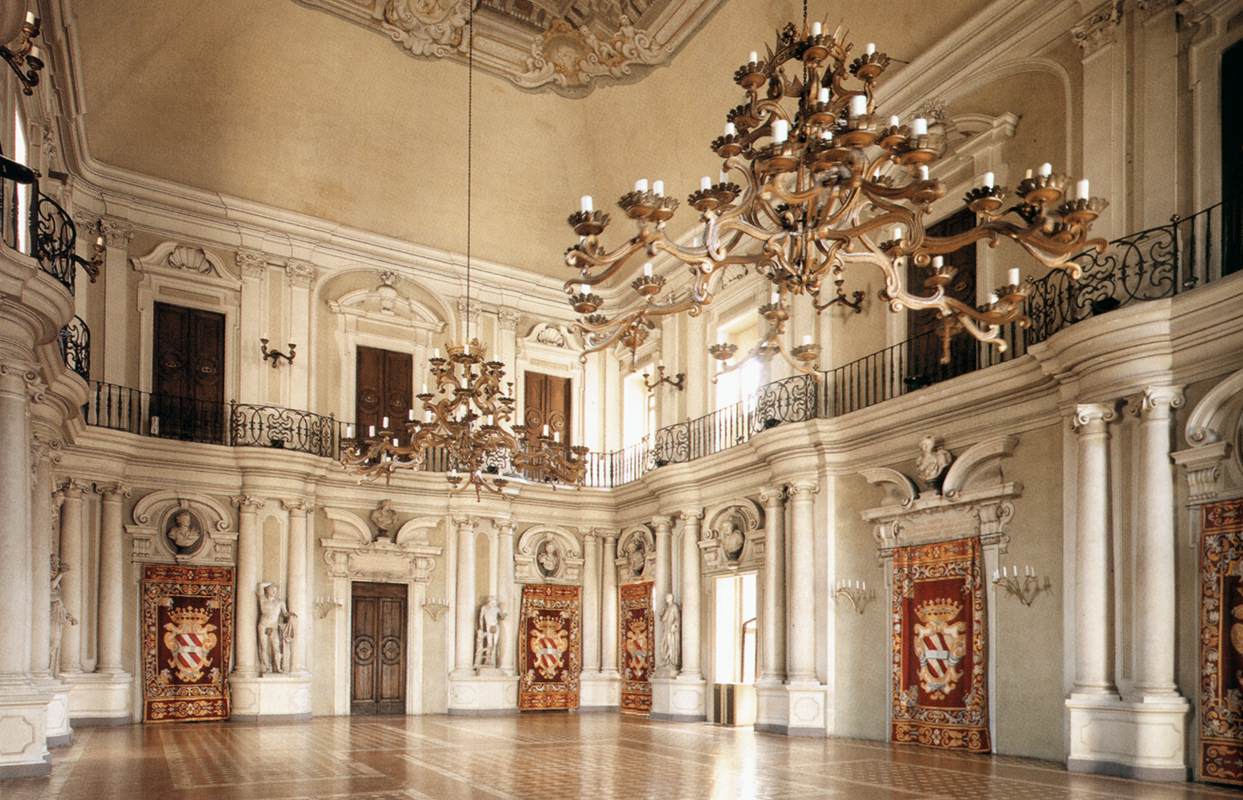National Gallery of Ancient Art of Palazzo Corsini alla Lungara
The National Gallery of Ancient Art of Palazzo Corsini is an art museum in Rome, housed in the Palazzo Corsini alla Lungara, in the Trastevere district. The museum, part of the collection of the National Gallery of Ancient Art, preserves a nucleus of refined works, mostly of Italian and Flemish painting between the sixteenth and seventeenth centuries.

The collection, enriched thanks to Corsini bequests and donations starting from the eighteenth century, boasts a refined nucleus of paintings ranging between the fourteenth and eighteenth centuries, with a predominance of Italian Baroque painting (especially Roman, Bolognese and Neapolitan) and important examples of works of bamboccianti and landscape painters.
The first room of the gallery boasts a large number of large canvases from the 17th and 18th centuries, mostly with a landscape and religious subject. The next room houses a nucleus of the so-called "primitive" painters, among which the Triptych with Pentecost, Universal Judgment and Ascension by Beato Angelico, a rare fifteenth-century work present in the gallery since 1740. Renaissance art is represented by some works, including which the Adoration of the Shepherds, painted by Jacopo Bassano.

Baroque art is made up of an exceptional number of masterpieces, such as the San Sebastian curated by the angels (1602-1603), a Roman work by the painter Pieter Paul Rubens, the Madonna della Paglia, a canvas linked to the Italian stay of Antoon van Dyck, the Madonna and Child by Bartolomé Esteban Murillo and Saint John the Baptist by Caravaggio (1603). Next to him is the Madonna and Child, a fascinating work by Orazio Gentileschi, already attributed to Caravaggio himself.

In the room dedicated to the eighteenth century there is a vast nucleus of works by Carlo Maratta, such as the Madonna and Child, Martyrdom of Saint Andrew, Rebecca at the source and the Flight into Egypt, as well as the Triumph of Ovid by Nicolas Poussin. The following rooms offer exquisite examples of Emilian art (with works by Giovanni Lanfranco) and seventeenth-century Neapolitan painting. In the latter category, the works of Salvator Rosa should be mentioned, whose production is linked to the bloody Prometheus and the airy canvases depicting Battles and Landscapes. In the same room the grandiose Venus discovers dead Adonis is kept, a masterpiece by Jusepe de Ribera (1637) in which the clear colorism typical of Diego Velázquez predominates. Exemplary is also the canvas depicting Christ among the doctors, the work of Luca Giordano, a pupil of Ribera.

Video: National Gallery of Ancient Art of Palazzo Corsini alla Lungara
Map: National Gallery of Ancient Art of Palazzo Corsini alla Lungara
Address: Via della Lungara, 10 00165
Roma (RM) Lazio
Latitude: 41.8929279
Longitude: 12.4661728
Site: https://www.barberinicorsini.o...
vCard created by: CHO.earth
Currently owned by: CHO.earth
Type: Palace
Function: Museum
Creation date: 23-08-2021 05:58
Last update: 23/08/2021
